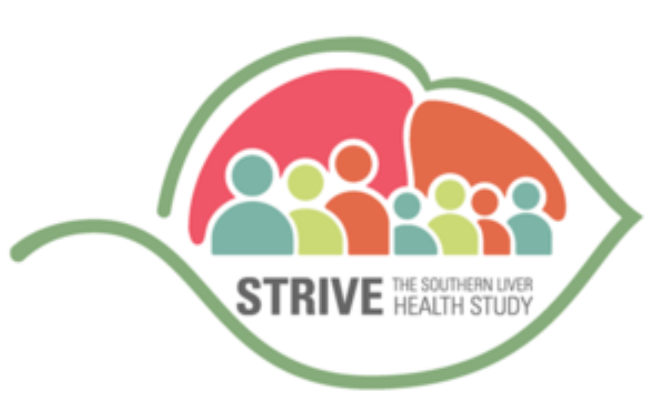WHAT IS THE STRIVE STUDY?
The Southern Liver Health Study (STRIVE) aims to determine whether exposure to environmental contaminants such as Cadmium, either alone or with other toxic metals and per- and poly-fluoroalkyl substances (PFAS), increases the risk of progression from early-stage liver disease to hepatocellular carcinoma (HCC), the most common type of liver Cancer.
Hepatocellular carcinoma is one of few cancers with a rising incidence that disproportionally affects ethnic minorities and rural residents. However, known risk factors including viral hepatitis, fatty liver disease and cirrhosis cannot fully explain these disparities. Environmental contaminants such as Cadmium are common. Cadmium is ranked in the top ten chemicals of concern by the World Health Organization and can cause Cancer in animals. The STRIVE study will use a group of 16,000 participants to assess whether exposure to multiple common environmental contaminants increases liver Cancer risk, whether risk differentially impacts rural and ethnic minorities, and whether epigenetic mechanisms mediate these associations.
The Strive study will be the first large-scale effort to longitudinally determine the link between environmental contaminants, liver disease and Cancer in a residentially and ethnically diverse population.
STRIVE will address some of our most pressing questions in the field of liver diseases and the environment. STRIVE will expand our understanding of the health impacts of chronic exposure to multiple PFAS. STRIVE will also examine how exposures to PFAS and other toxic metals often experienced by the general population impact risk of HCC and liver fibrosis. These interactions between Environmental Exposures and Cancer we learn more about from the STRIVE study can then be used to inform intervention efforts and policy decisions.
Who will be involved?
The study will include two sub-groups made up of 16,000 males and females. The participants will be at least 40 years old and live in two Southeastern states, North Carolina, and Georgia.







